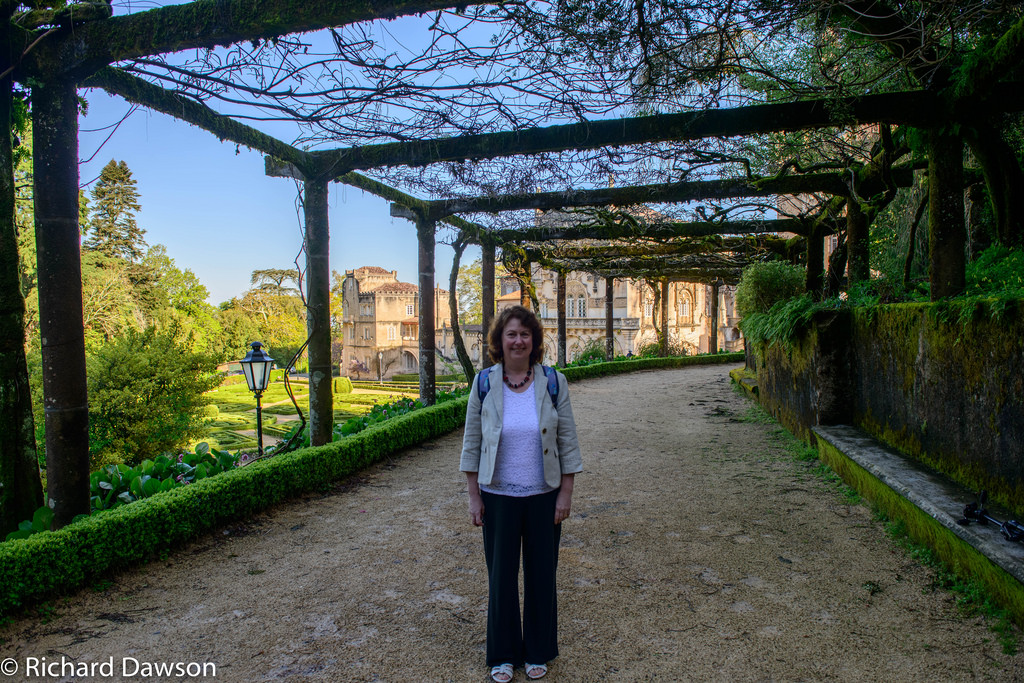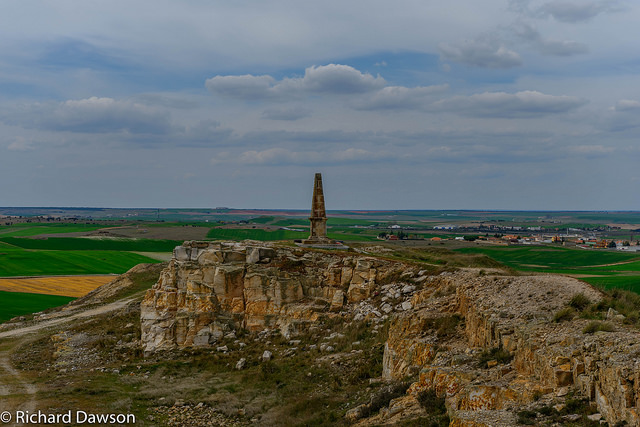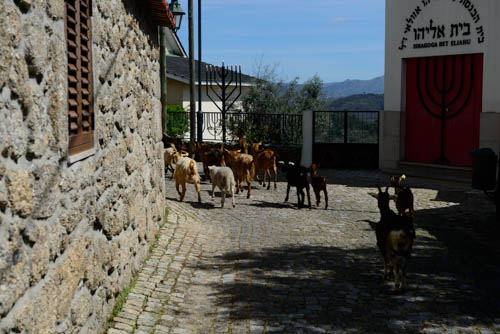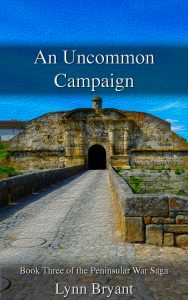
Lord Wellington is one of the most important supporting characters in the Peninsular War Saga. He first met Paul van Daan on a hillside in India when Paul was an arrogant young lieutenant and it was the beginning of a friendship and working relationship which lasted the rest of Wellington’s life.
As Richard Graham emerged from his billet to find his horses ready, with one loaded with his small amount of baggage, he saw Captain Sean Devlin approaching him. “They’ve gone ahead to get the German lad settled,” he said. “I waited to show you the way. You ready?”
Graham nodded. “Yes. I’m hoping we get fed. I’ve been dreaming of a drink and a meal and trying to forget about today. What a bloody introduction to Portugal!”
Devlin laughed. “You were unlucky, laddie. Normally these affairs aren’t so exciting. Come and be properly introduced.
“I’m not sure I want to be,” Graham said.
“Admit, you’re curious. And you’ll want to find out how the lassie is.”
After a moment Graham nodded. “Should I change?”
“Don’t bother, they won’t expect it.”
“No dinner in the mess?”
Devlin laughed. “Just come as you are.”
Graham complied, admitting to himself that he was curious. His impression of the colonel had been of a towering personality with a temper but he had nothing other than that to go on. On the ride across to the abandoned convent where the 110th regiment had apparently been billeted until they had marched north to fight at Sabugal, Graham glanced at Devlin.
“So what’s the story, Captain?” he asked quietly.
“Don’t know yet, laddie. That’s why I’m here. Hoping to find out. It’s just up here. Best billet on the lines, the 110th always end up somewhere good.”
“I’m not surprised if he’s in charge,” Graham said drily. “Who is he and why the big fuss?”
Devlin grinned. “As the girl said, he commands the 110th. You heard of them?”
“No. Don’t forget I’ve just spent three years in the Indies, which is the arsehole of the world, I’ve not heard of anybody. Don’t think they’ve ever been posted out there. Infantry?”
“Yes. The first battalion is out here and the second in barracks and Paul van Daan commands the regiment along with a Portuguese brigade and the first battalion of the 112th. At the moment. Given how he’s just distinguished himself in this campaign, look for further promotions, I’d say. He’s on his way up, laddie, and fast. They often fight as part of the light division, he’s got a mania for training – a perfectionist – and he’s trained all his men to fight as light infantry although they’re not officially designated as such. I imagine they soon will be. He started out in India under Wellington in the light company. They’re as thick as thieves, he’s one of the few men Wellington will tolerate arguing with him and he has a reputation as something of an individualist. He is known in some quarters as Wellington’s Mastiff. Hookey likes to keep him close at hand and often gives him the jobs nobody else wants. Which is not a reputation I’d want, but it’s certainly a quick route to promotion if you can stay alive.” (From: “An Uncommon Campaign” Book Three of the Peninsular War series by Lynn Bryant.)
Since I decided to write a series of books set in the Peninsular War, I have spent an inordinate amount of my time reading about Sir Arthur Wellesley, later Lord Wellington, who led the Anglo-Portuguese army during it’s five year struggle against Napoleon’s forces in Portugal and Spain. I started knowing very little about Wellington and I have ended up by feeling surprisingly attached to him.
My knowledge of Wellington, to be honest, came from my schooldays when I studied nineteenth century politics in history. He was Prime Minister twice, not very successfully, pushed through Catholic emancipation and fought strenuously and unsuccessfully against the Reform Bill, and in my mind he was always a slightly grumpy and very superior elder statesman who looked down his nose at the young Queen Victoria and disliked change and modernisation.
For my Napoleonic fiction books set during the Peninsular War I have had to go right back to the early days of Wellesley’s career. When he is introduced to the young Lieutenant Paul van Daan in 1802 he is a relatively young and inexperienced general with his greatest victories in the future. He had not yet made his disastrous marriage to Kitty Pakenham and the battle of Assaye, which brought him his knighthood and some public attention, was a year away. He was ambitious, single minded and determined, a moderate drinker for the time, a serious student of military affairs and a man who enjoyed the company of women. Even then, he struggled to delegate, and preferred his officers not to show any initiative or to take matters into their own hands.

As I began to read more about Wellington’s character it became obvious that I had accidentally stumbled on the perfect foil for the flamboyant, unpredictable bad boy of the 110th infantry, Lieutenant Paul van Daan, a character I’ve had in my head for a while. On paper, Paul is everything Wellington likes to see in a young officer; he’s dedicated, intelligent and courageous. In reality, Wellington the control-freak is about to come up against a force of nature and their disagreements are frequent and explosive.
While Paul’s love story is at the heart of the novels, his relationship with his commander-in-chief is almost as important. Increasingly through the years of war, Lord Wellington felt isolated and under siege from political influences in London and worn down by lack of money, men and resources and the limited pool of talented officers available to him on the ground. It increased his tendency to control every aspect of his campaign and the running of the army himself and anybody who reads the volumes of his letters and despatches will quickly begin to realise how involved he was in the detail of administration.
There were few men in his army that Wellington felt comfortable with, but his friendship with the young officer he had first singled out on a hillside in India endures the storms of war and politics. It was a source of envy and resentment among some of the other officers but it was very much understood by Anne, who has her own surprisingly close relationship with the commander in chief.
When I set out to write these novels, Lord Wellington was supposed to be a subsidiary character with little to do apart from to issue orders. As so often happens with subsidiary characters, he developed a mind of his own and began to intrude into the action in the most unsuitable manner. As he is a general, I thought it best to let him have his way.

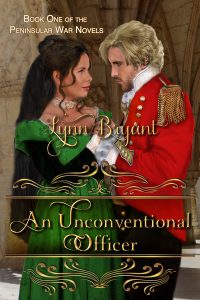 May 30th will see the publication of the first book in the Peninsular War series. “An Unconventional Officer” tells the story of Paul van Daan, a young officer who joins the 110th infantry in their light company in 1802 and travels through India, Italy, Ireland, Denmark and then into Portugal. His fortunes are linked to those of the young and ambitious General Arthur Wellesley whom he meets in India, and his personal life is dominated by two very different women.
May 30th will see the publication of the first book in the Peninsular War series. “An Unconventional Officer” tells the story of Paul van Daan, a young officer who joins the 110th infantry in their light company in 1802 and travels through India, Italy, Ireland, Denmark and then into Portugal. His fortunes are linked to those of the young and ambitious General Arthur Wellesley whom he meets in India, and his personal life is dominated by two very different women.
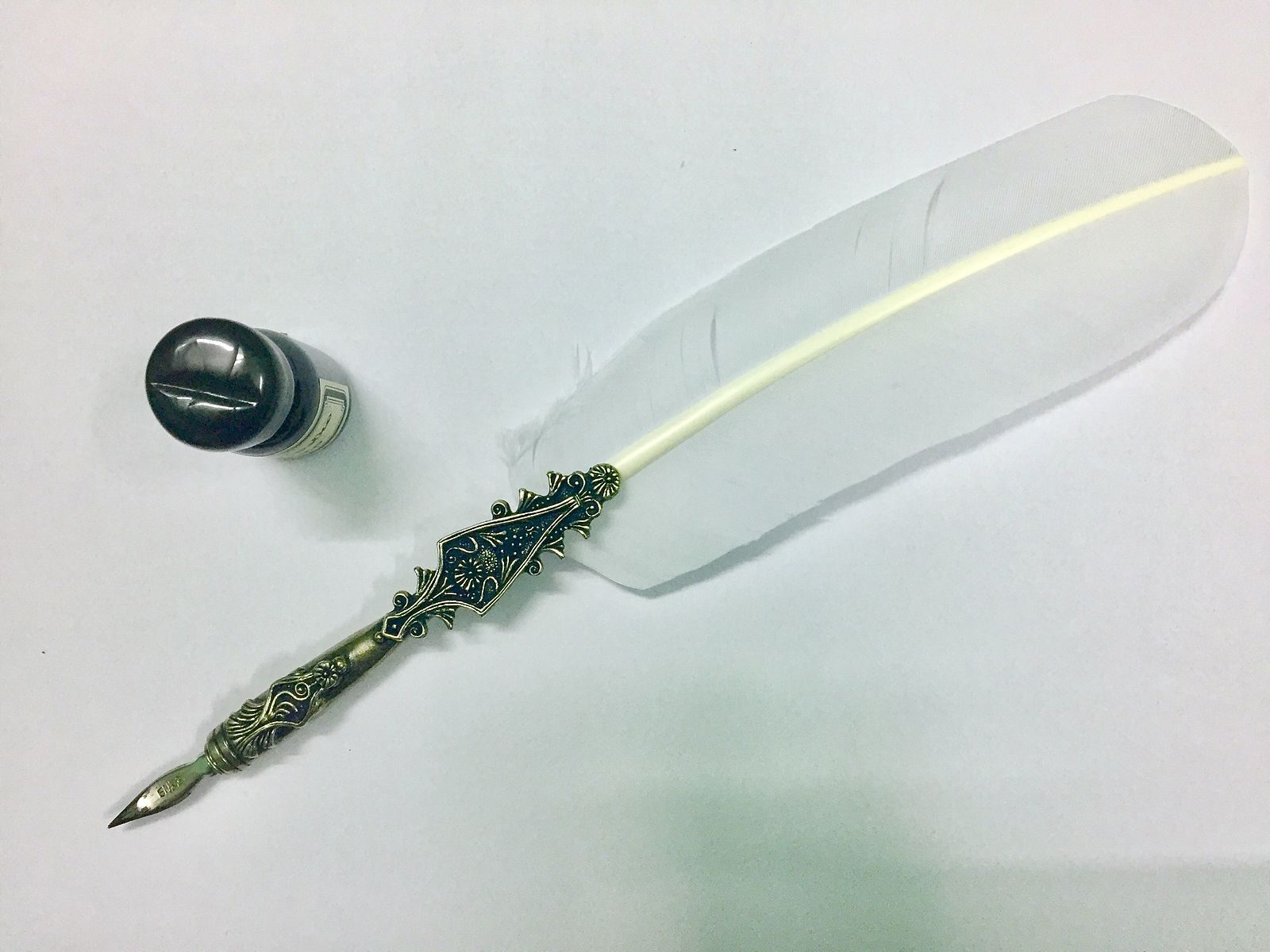
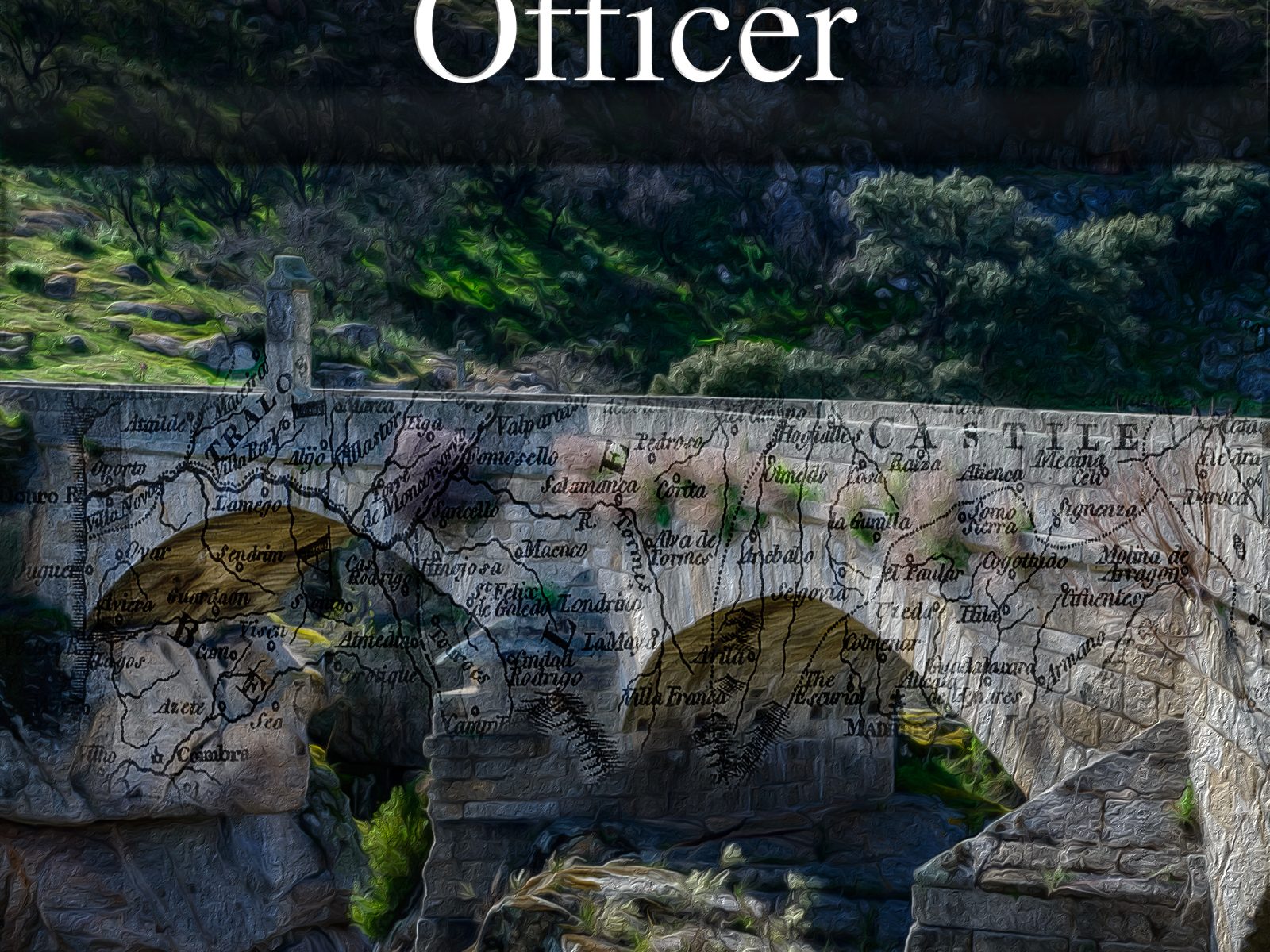
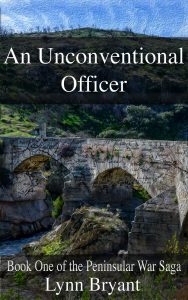 The battle of Talavera has been causing me a good deal of trouble while revising
The battle of Talavera has been causing me a good deal of trouble while revising 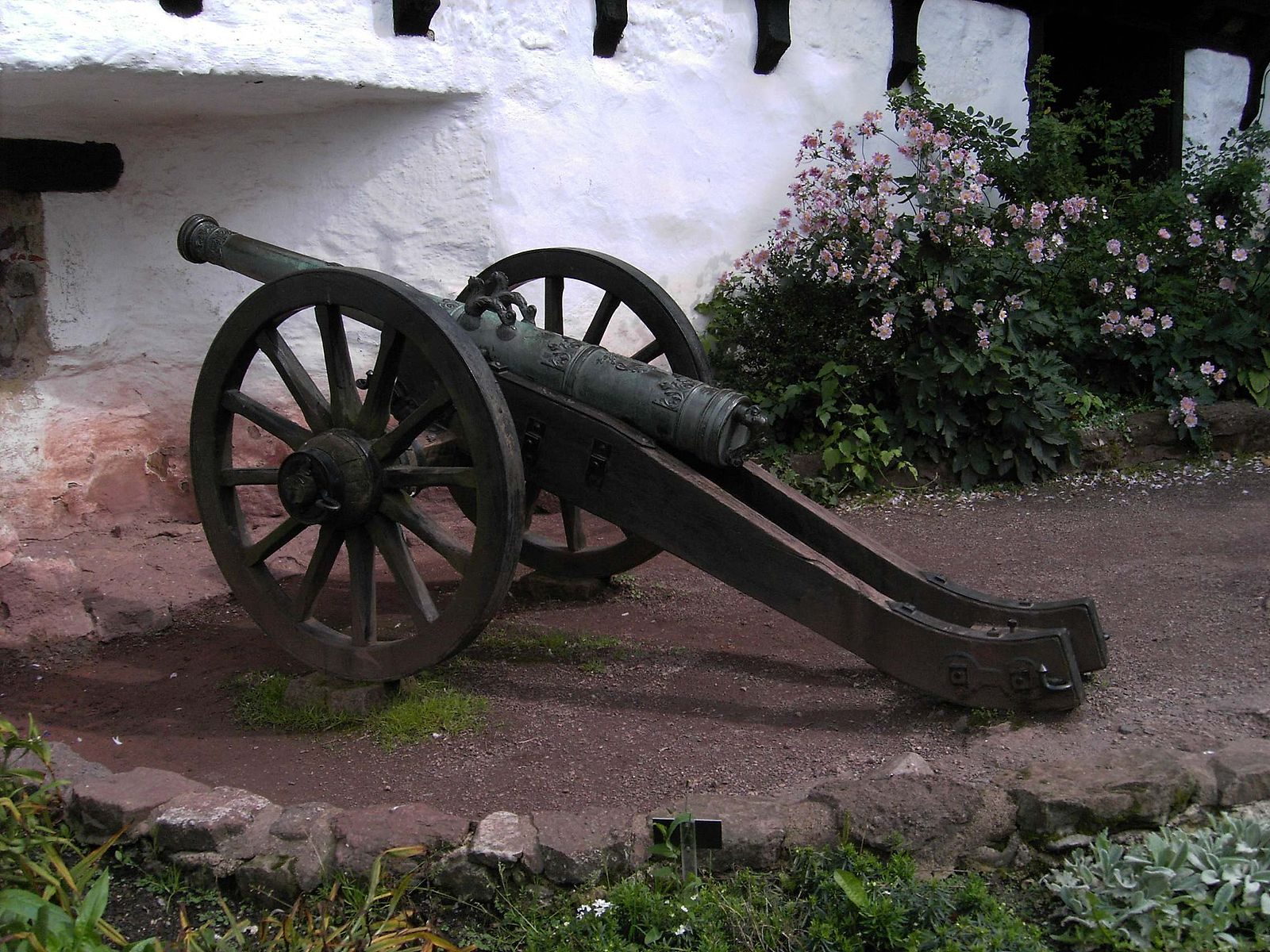
 whereas the men are fairly functional about it, my daughter and I require beauty or at least cuteness. I used to have a charming notebook with the muppets on which for some reason I decided was the most appropriate tool to use at work when making notes. My colleagues at the art gallery honestly barely turned a hair at it, but when I arrived with it for the first day of my next job the expression on the face of my new boss as I opened my notebook and took out my white fluffy flamingo pen gave me all the information I needed about my long term suitability for that particular post. Today’s list was on the kitchen table when my daughter joined me for breakfast and she casually reached for the notebook.
whereas the men are fairly functional about it, my daughter and I require beauty or at least cuteness. I used to have a charming notebook with the muppets on which for some reason I decided was the most appropriate tool to use at work when making notes. My colleagues at the art gallery honestly barely turned a hair at it, but when I arrived with it for the first day of my next job the expression on the face of my new boss as I opened my notebook and took out my white fluffy flamingo pen gave me all the information I needed about my long term suitability for that particular post. Today’s list was on the kitchen table when my daughter joined me for breakfast and she casually reached for the notebook.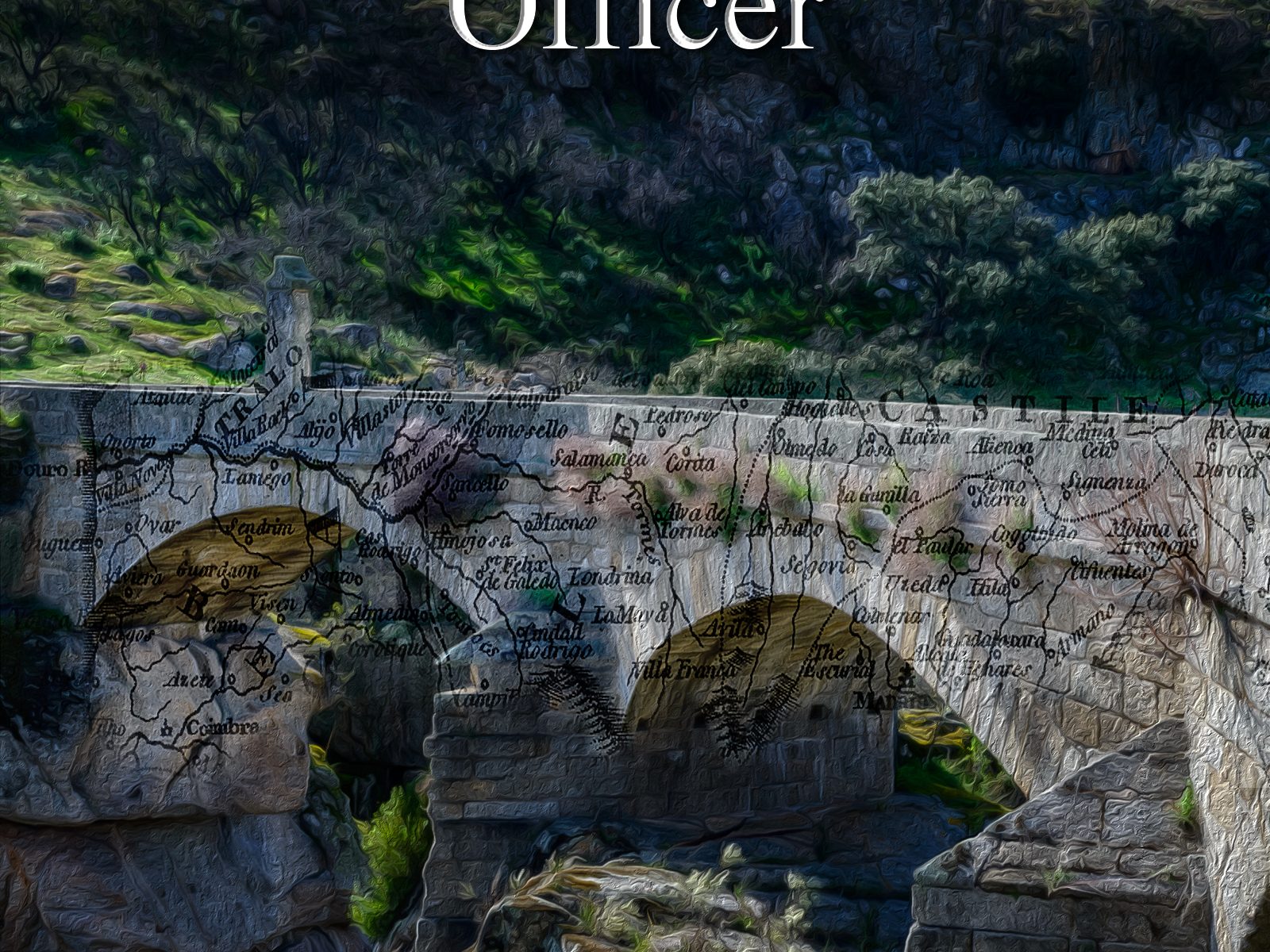

 As an author of historical novels, and specifically historical romance, I will own up to being a bit of a romantic.
As an author of historical novels, and specifically historical romance, I will own up to being a bit of a romantic.